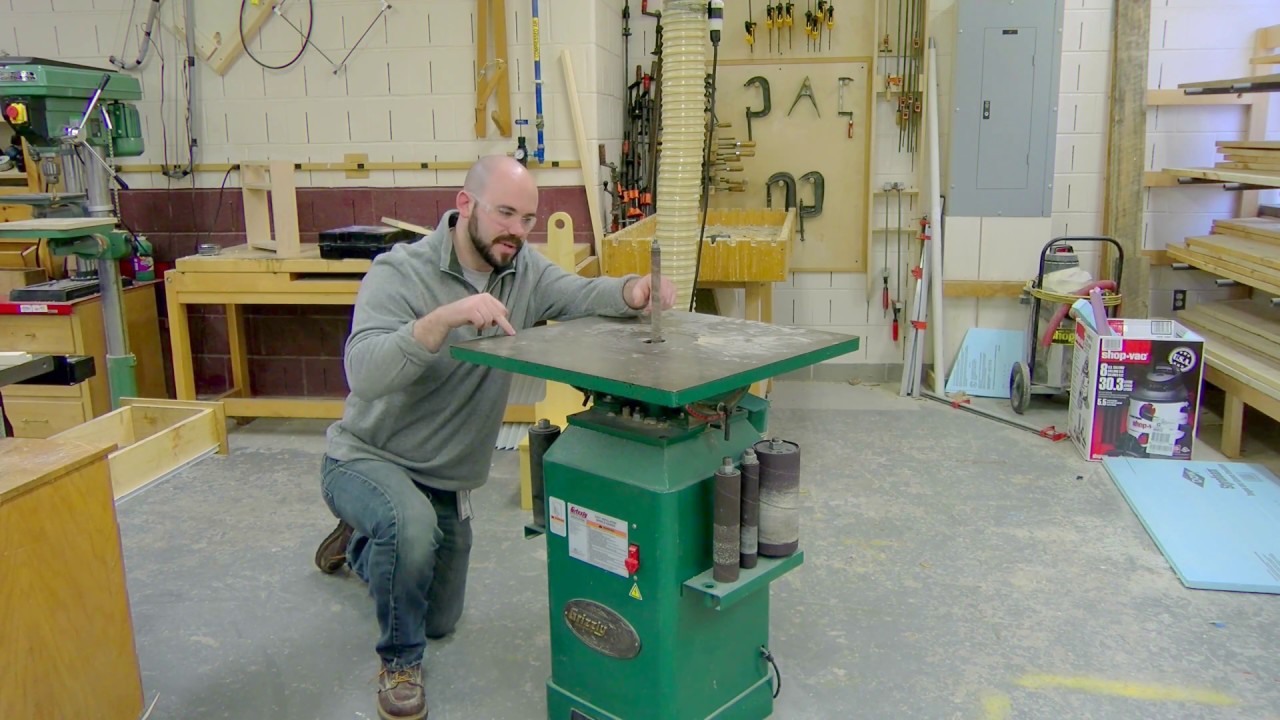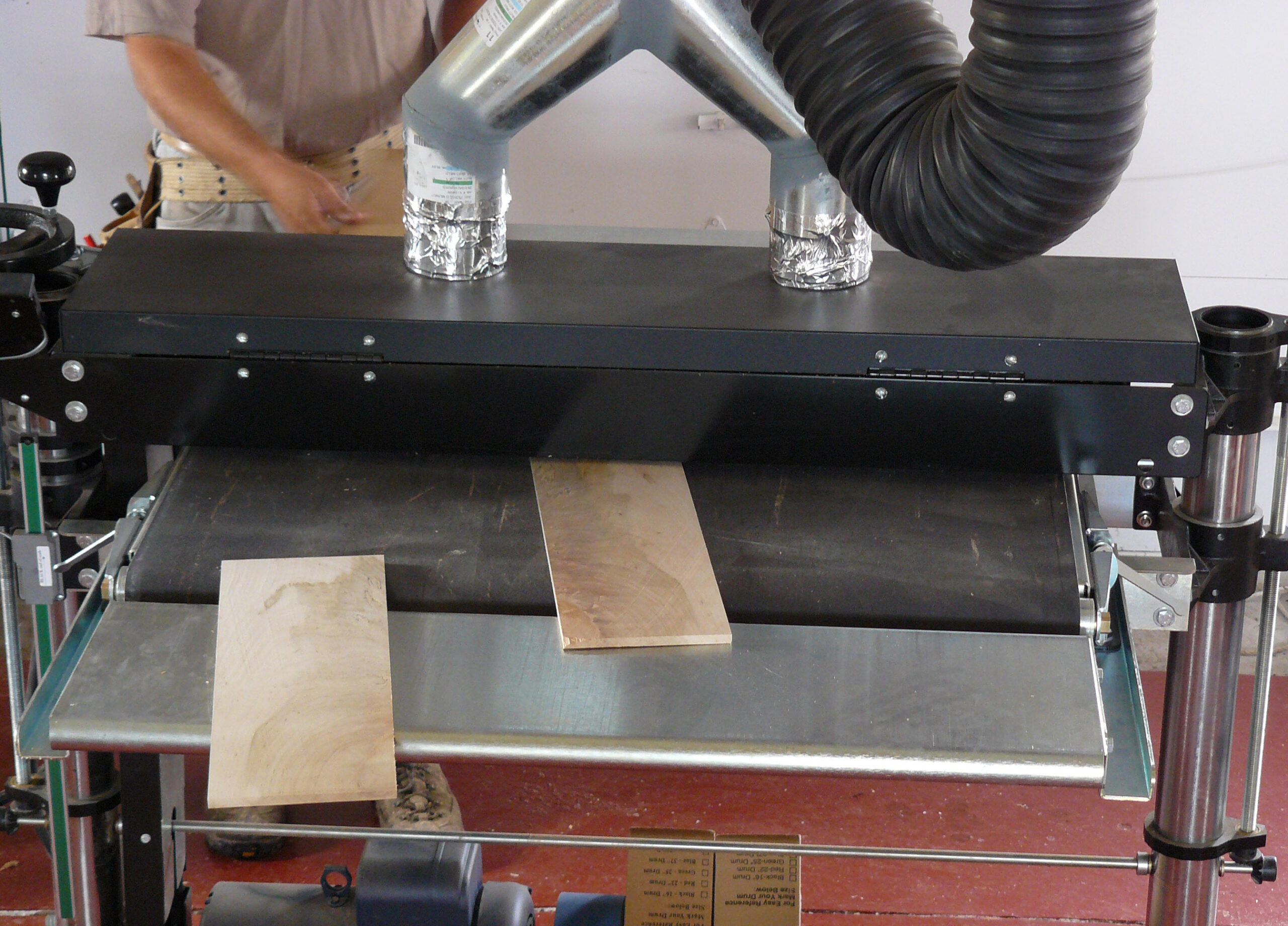You may have heard that what is marketed as “craft” beer is sometimes owned and produced by large corporate conglomerates. The same can be said about some of the items available at craft fairs. If you go to a holiday craft fair in your area, especially one that has a large number of vendors, you may see mass-produced items. In theory, however, a craft fair should feature vendors selling handcrafted items. Going to a craft fair is one way to “shop small” and support local businesses for online you can get peep into sandermag.com.
To Play, You Must Pay
As a craftsperson, you will almost always have to pay to sell your wares at a craft fair. The cost of a booth or table at a craft fair is determined by several factors, including the size of the fair, its prestige, the length of the fair, and the perks offered by the sandermag.com . A well-established three-day fair, for example, that draws a large crowd and spends a lot of money on promotion and advertising will charge vendors more than a small, local event held in a parking lot or church basement.

Craft fairs are classified into two types: juried and non-juried. Vendors who want to sell their wares at a juried show must apply for the opportunity. There may be an application fee. Juried shows have higher booth fees as well. However, because they are more likely to attract customers with more money to spend, the financial investment required to sell at a juried show is generally regarded as worthwhile. It’s a good idea to invest in a sign and business cards to promote your company.
Getting a Job
There’s a lot of talk about the “7x rule” in the craft world. Makers should aim to sell 7 times the booth fee at a craft fair, according to this rule. Does this imply that you’ll have to attend 32 craft fairs per year to meet your income target? Not quite, because you’ll still need to cover your expenses.You must either earn more money or attend more craft fairs



